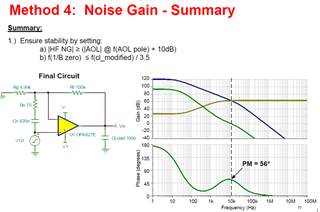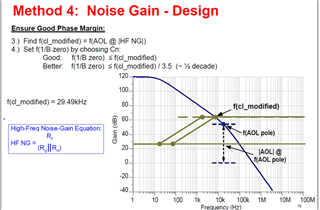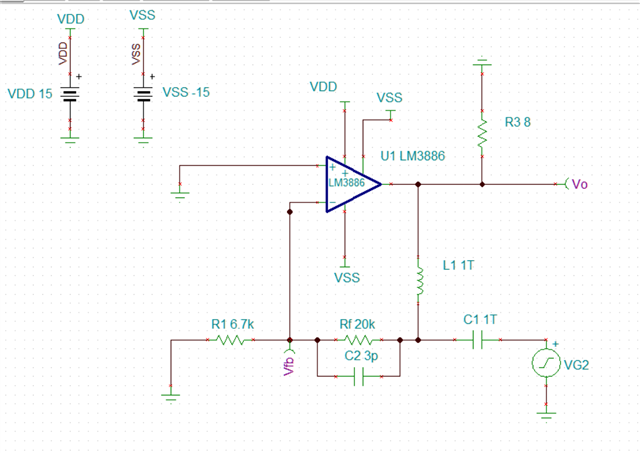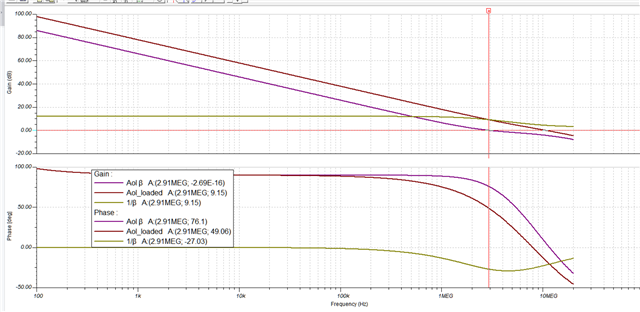Hi TI
I only use LM3886 as a non-inverting/inverting amplifier not audio application. Otherwise LM3886 will turn to audio forum.
Here goes the problem:
Due to their special need. The customer need to design LM3886 at non-inverting gain less than 3. Also, The LM3886 needs to output 1A to drive an 8 ohm load
Normally LM3886 is non-invering 10 gain stable in datasheet, and gain 5 is stable in my several PCB tesing. But turns to strong unstable when gain<3
I read carefully the article about some stability compensation method for unity-gain stable amplifier from TI bruce https://www.edn.com/op-amps-g1-stable-decompensated/ In the website , he talks about this three method are not suitable for solving non-unity gain stable amplifier. But I can't see compensation method for non-unity gain stable amplifier, only increasing the gain
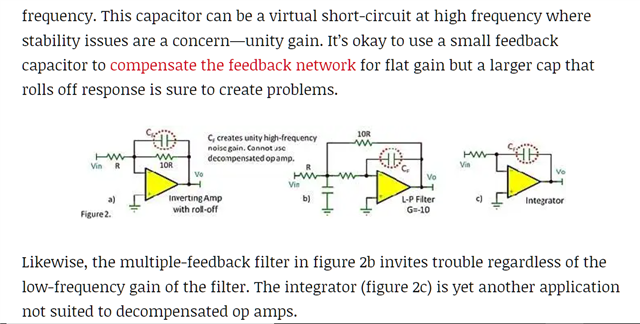
and post from TI collin https://e2e.ti.com/blogs_/archives/b/thesignal/posts/taming-oscillations-the-capacitive-load-problem
Previously Art Kay and kai klaas69 talk about stability in this thread, which is helpful https://e2e.ti.com/support/amplifiers-group/amplifiers/f/amplifiers-forum/1217871/opa548-whether-opa548-are-suitable-for-driving-inductive-coil
But I think these method are suitable for capacitive load, I know them well, but for non-unity gain stable (decompensated ) such as LM3886, and this 1A output current. I didn't see much info and don't know whether there are other methods rather than increasing gain, would you give some suggestion?
I attach the simulation result in the attachment using parallel capacitor LM3886 stability.pptx
May I ask other method (and some related post), rather than increasing gain for non-unity gain stable (decompensated) op-amp ?


